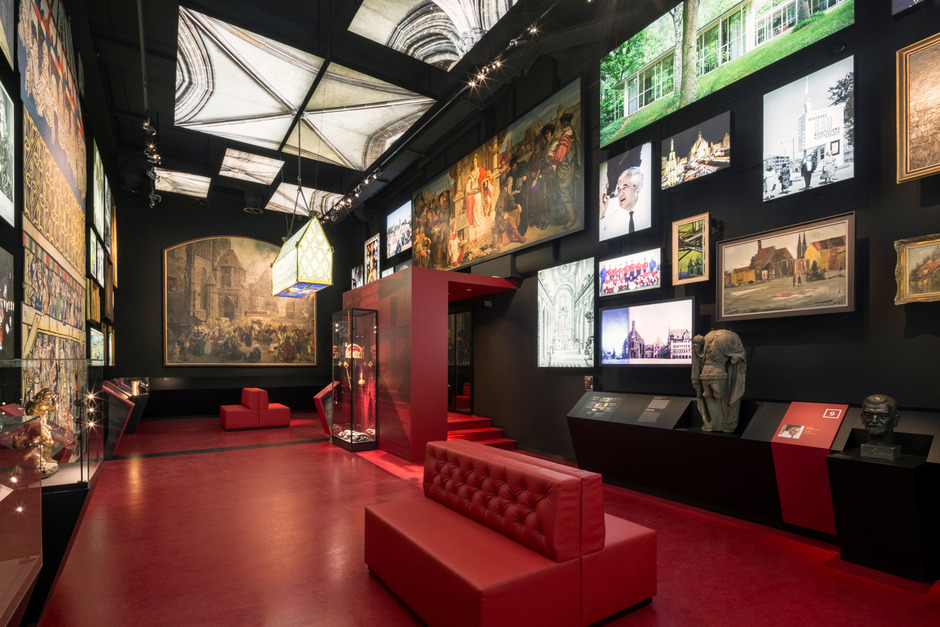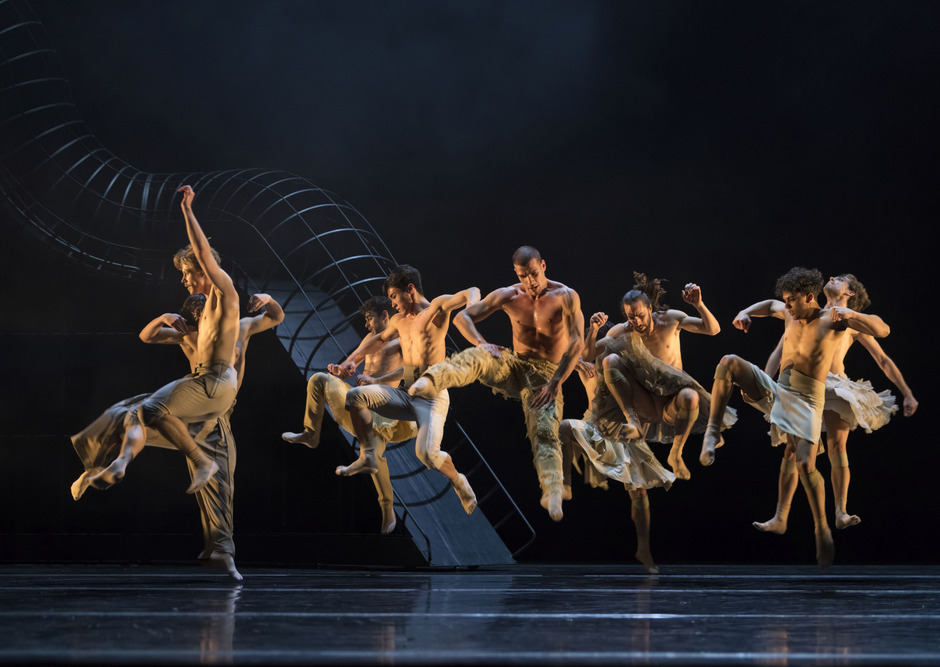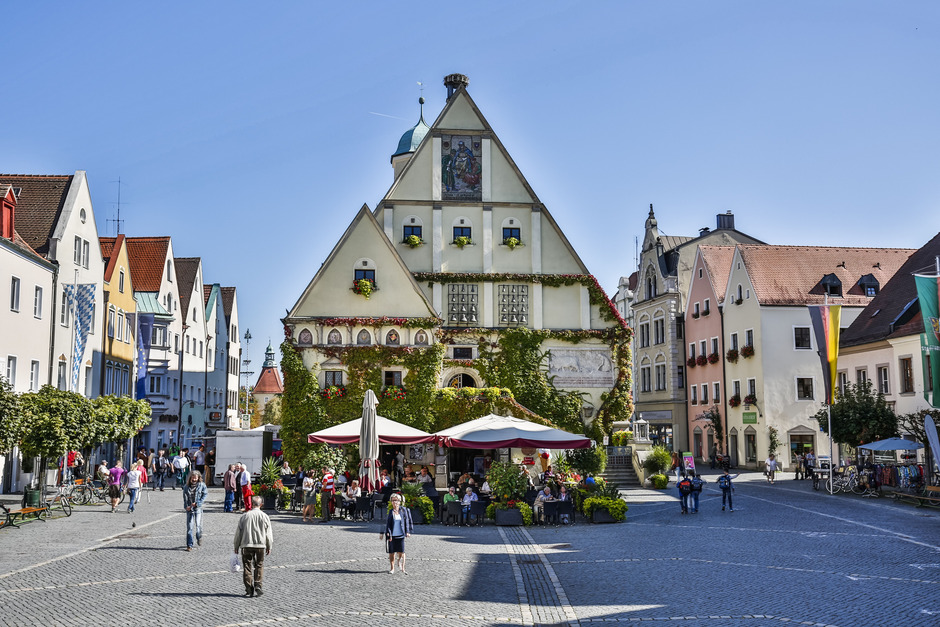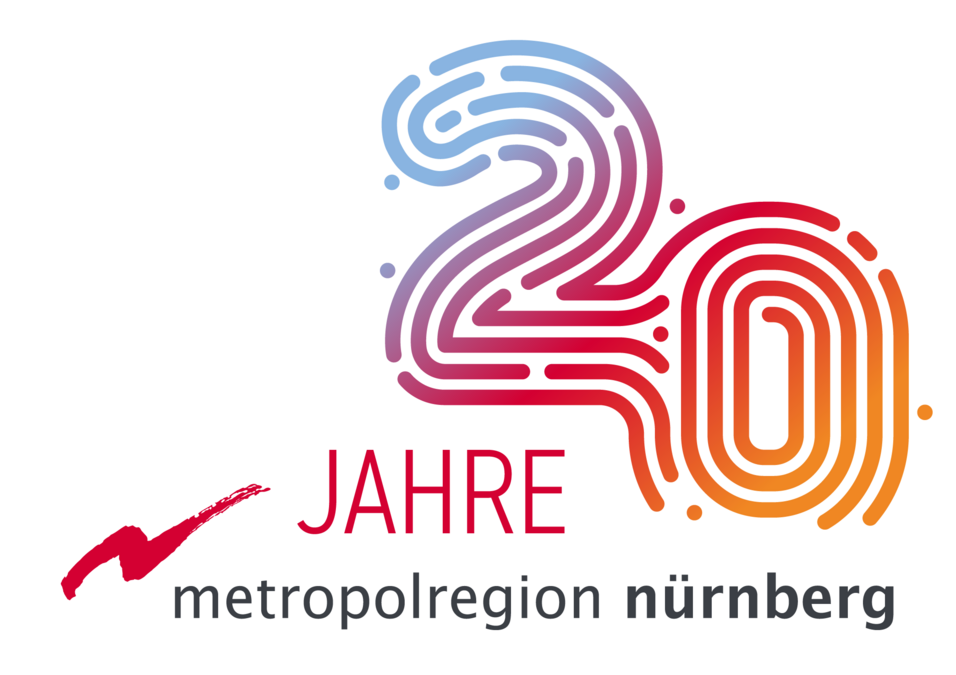
Art is in our museums and on every corner
Art in Museums
The museums in the Nuremberg metropolitan region will satisfy your curiosity - about natural sciences as well as history and painting. The Bavaria Museum Portal provides an overview of the non-state museums in the region. By entering the town, county or district, you will find a wide variety of museums in your area - from the Germanic National Museum, the Albrecht Dürer House to the Franconian Open-Air Museum in Bad Windsheim. Are you specifically looking for art museums? Or do you want to find out more about archaeological finds? Simply select the collection you are interested in. State museums such as the New Museum in Nuremberg can be found at the Bavarian State Ministry of Education and Culture, Science and the Arts.
Stages everywhere you look
Friends of the stage are called on to experiment. Choose from the state opera and small alternative theatres. Music lovers can fill their diaries just as easily. Whilst they are still talking excitedly about the picnic at the Klassik Open Air, about Rock im Park or the Taubertal Festival, the Bardentreffen is just around the corner, with hundreds of buskers meeting in Nuremberg's city centre to perform their songs.
Well-formulated texts are also appreciated here. For example, during Erlangen's annual poetry festival or at one of the numerous poetry slams that take place in the Nuremberg Metropolitan Region's arts centres and pubs. Tip: With the Entdeckerpass (discovery pass), you can visit numerous leisure attractions in the Nuremberg Metropolitan Region once a year for free or at substantially discounted admission charges. Find art and culture tips at www.mehrwertzone.net
A palette full of diamonds
The Nuremberg Metropolitan Region is home for creators of culture. Where is Germany’s biggest museum of culture? Where can you find books that are a thousand years old? Under which trees do Germany’s most important literary voices gather? Where are comics an art form and music an international event? Where can you go to understand the impact of Nazi ideology? Where do filmmakers meet every year? The Metropolitan Region is awash in culture that stands up to international comparison. Its festivals from Wagner to Bach and film to comics, its art treasures from Nuremberg to Coburg and its historical architecture are world-class. For centuries the likes of Wolfram von Eschenbach, Albrecht Dürer and Levi Strauss have spread the region’s artistic and creative reputation across the globe.
Discovering these treasures, however, can only be done right here, amidst one of Europe’s most charming cultural landscapes. Discovering these treasures, however, can only be done right here, amidst one of Europe’s most charming cultural landscapes.
Experience history where it's made
What do you want to do today? Maybe a trip back to Roman times in the Limeseum – or through 700 years of daily life in Franconia at the open-air museum in Bad Windsheim? Here every walk is a living history lesson: medieval castles, magnificent Art Nouveau houses and obvious traces of World War II are cause for both amazement and reflection.
A region of beautiful traditions
Around Shrovetide, loud stamping announces the end of the cold season as the "Perchten" (people wearing masks depicting fantasy creatures) tramp through the Metropolitan Region's villages to drive off a shaggy beast called winter. Although it usually still takes a while for the warmer weather to arrive, the spectacle is definitely worth it. Soon afterwards, the village fountains turn very colourful as the villagers decorate them with lovingly painted Easter eggs.
Highlights:
Founded in 1946, mostly by former members of the German Philharmonic in Prague, the current Bavarian Philharmonic Orchestra is one of the cultural gems of the Metropolitan Region and showcases its creative talents around the world.
Renowned conductors such as Joseph Keilberth, Hans Knappertsbusch, Clemens Krauss, Eugen Jochum, Horst Stein, Herbert Blomstedt, Ingo Metzmacher and Jonathan Nott, head conductor since 2000, have left their mark on the orchestra and forged an unmistakable sound that is associated with the people of Bamberg today.
Every two years, the comic book world gathers in Erlangen for four days. Over the past two decades, the largest and most important comic book festival in the German-speaking world has made important contributions to the recognition of graphic literature as a mass medium and an art form worthy of having its own fair.
The trade fair, which attracts hundreds of German and international publishing houses, agencies and comic book shops, constitutes the main focus of the International Comic Salon. Around 300 comic book artists draw huge crowds at book signings. In addition, the International Comic Salon in Erlangen features elaborate exhibitions, shows dedicated to individual comics stars, insights and overviews of the German-speaking scene, up-and-coming comic book artists, thematic exhibitions about Manga, comics and new media, computer animation and film. The Max & Moritz Prize, the most important comic book award in the German-speaking world, is presented during a gala event.
The Documentation Centre opened in 2001 in the north wing of the congress hall that the National Socialists had started but never completed. Throughout the year, the Centre provides visitors with information on the history of the former rally grounds of the Nazi party.
The permanent exhibition “Faszination und Gewalt” (Fascination and Violence) presents the causes and consequences of the criminal exercise of power of the Nazi regime, which turned the enormous site in Nuremberg into a propaganda stage for extravagant displays of the “Führer” (Leader) and the “Volksgemeinschaft” (People’s Community). The spectacular architecture was consciously designed as a counterpoint to the structure built by the Nazis.
www.museen.nuernberg.de/dokuzentrum/index.html
www.reichsparteitagsgelaende.de
The Germanic National Museum is the largest museum dedicated to the history of culture in Germany. A fascinating journey through the art and culture of the German-speaking world, from Stone Age tools to contemporary design. The museum’s highlights include paintings by Albrecht Dürer, sculptures by Veit Stoss and Tilman Riemenschneider, one of the most complete collections of historical musical instruments and the oldest existing representation of the earth as a sphere, the globe by Martin Behaim.
The historical doll houses in the toy collection are a special attraction. The urban artwork “Straße der Menschenrechte” (Street of Human Rights) by Israeli artist Dani Karavan at the museum’s main entrance on the Kartäusergasse is particularly striking.
The trademark of this internationally recognised ensemble is an absolutely exquisite sound. The choir is proud of its deep roots in the town of Windsbach. The ensemble’s repertoire concentrates on religious music from the early Baroque to modernity. In 2012, Martin Lehmann will take over from Karl-Friedrich Beringer as the choir’s director. The evangelical boarding school for singers offers boys between the ages of 9 and 19 a professional music education, a variety of leisure activities and enduring values. Through a consistent educational concept, careful promotion and a love of music, the young singers are given the skills to accomplish great achievements.
The Veste Coburg, also known as the "Fränkische Krone" (crown of Franconia), is one of the largest medieval castle ensembles in Germany.
The palace of the Elector of Saxony was later redesigned in the spirit of Romantic castles and is now home to the art collection once owned by the House of Saxe-Coburg and Gotha. Historical rooms like the “Lutherzimmer” (Luther Room) or the “Jagdintarsienzimmer” of 1632 – a sumptuous room covered entirely in wood panelling and depicting hunting scenes – are particularly noteworthy. The art collection includes one of the largest collections of copper engravings in Germany, a collection of precious Venetian glass, historical hunting weapons, an armoury as well as old German artworks, including paintings by Cranach, Dürer and Grünewald.
Since 1997, the Internationale Künstlerhaus Villa Concordia, an international art centre in Bamberg, has worked on promoting the arts, enriching the cultural life in and around Bamberg and deepening the relationships between the Free State of Bavaria and other countries.
Every year, the centre invites twelve artists working in the visual arts, literature and music from Germany and one other country to participate in its artist-in-residence programme. The artists work on their own projects without any kind of obligation, and – should they wish to do so – they can present their work before an audience.
The Staatsbibliothek Bamberg (state library) was created in 1803 during the period of secularisation. It is a research library of international rank, steeped in tradition and oriented towards the arts, humanities and cultural studies.
The gifts emperor Henry II gave to the church of Bamberg starting in 1007 included many valuable manuscripts. Two manuscripts from Reichenau from around the year 1000 were inscribed into the UNESCO World Documentary Heritage List. The secularisation assets were merged with the library of the old university of Bamberg, which had started out as a Jesuit academy in 1648 and was closed in 1803. Nowadays, the library’s overall holdings add up to more than 450,000 items, including 1,000 medieval manuscripts, 3,500 incunabula and 80,000 graphic works. Particularly important manuscripts are available in a virtual library that can be accessed on the computer.



